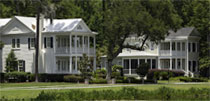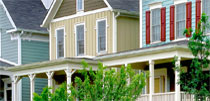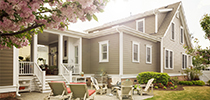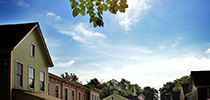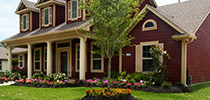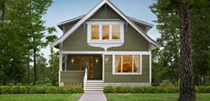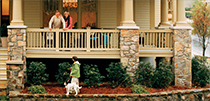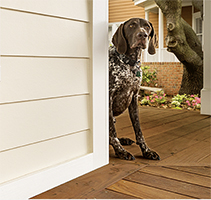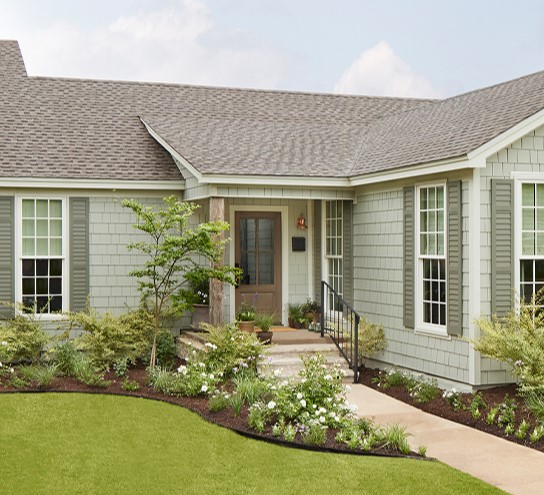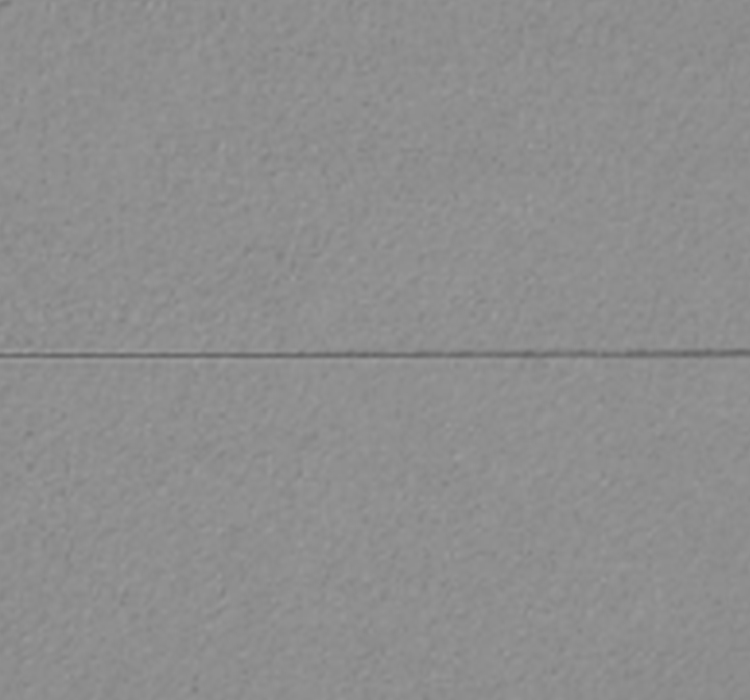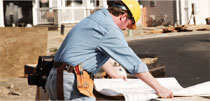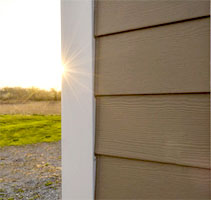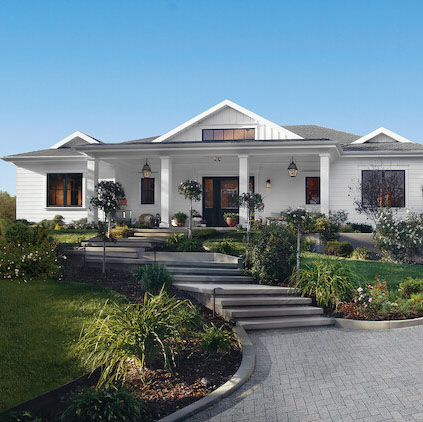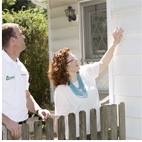by Bridget Kulla
5/27/2018

There’s nothing like walking out to your backyard garden and picking a bold, green bell pepper and a ripe, round tomato straight from the vine. When you tend to your own vegetable garden, you reap the fresh, tasty, nutrient-packed rewards, and woo your dinner guests in the process. We spoke to garden professional Karen Emmett, of Chicago’s Sprout Home, to gain the expertise necessary to get your backyard garden growing, ready to produce stunners by summer. From the best starter varieties, to the soil to use, and how much water to douse them in—here are the details you need to create and tend to a vegetable garden of your own.

Keeping it Contained
When it comes to deciding on a container for your vegetable garden, you have a few options such as a raised bed, pre-made container or a trough. “Your biggest concern is being sure to give each plant enough room to grow,” Emmett says. You can make or buy a raised bed, just make sure it’s at least 2 feet by 4 feet. If you do handmake your garden bed, opting for durable cedar wood contains oils that can prevent rotting.
Or if you’d rather create a container garden—which could be useful if you lack a ton of space—Emmett says you’ll want about four containers that are at least one foot in diameter. You can also look into one large container with drainage holes, or a trough (about 2 feet tall, by 2 feet wide, by 3 feet long). If your container or trough is lacking drainage holes, just be sure to drill your own, Emmett says. For these size containers, a center hole and three evenly spaced holes around the bottom edge is advised—this will help to avoid root rot. “Containers with good drainage holes in the bottom are essential,” Emmett says.
Find the Sunniest Spot
Most vegetables and herbs require full sun. “If your area is shaded, you won't have much success,” Emmett says. “The more sun the better, plants will be stronger and yields higher.”
To find the area with the most sun, you’ll want to do a sun survey of your outdoor space. Observe where the sunlight shines brightest at 8 a.m., 12 p.m. and at 4 p.m. The area where the most direct sun overlaps is your ideal garden area.

Timing is Everything
When it comes to your vegetables, you can either start with seeds or started plants from a nursery or garden center. “If starting from seed, always read the seed packet label,” Emmett advises. “This will have directions and timeline for starting your seeds.” Some seeds, like tomato, have to be started indoors in late winter/early spring in order to have enough time to be productive before fall, Emmett says. Other seeds can be "sowed directly" which means you can plant it directly in your container during the time recommended on the seed packet, usually well after last frost. “If you want to keep it simple, buying a seedling or small plant from your local nursery may be your best bet,” Emmett says.
Best Beginner Varieties
When planning a vegetable garden, you’ll want it to be stocked with all of your favorite veggies, but there are some that grow a little easier than others. For beginners, Emmett recommends: green beans, snap peas (best planted in early spring), any type of peppers, radishes, celery, lettuce (which can be good in a somewhat shaded garden), and cherry tomatoes.
Tomato tip: Tomatoes should be planted in their own container (at least 12 inches wide) or given plenty of space in garden bed, as they get huge. Also, staking the tomato plant with loose garden twine can help to keep it sturdy as it grows.

Growing Herbs
If cooking is a favorite pastime of yours, a simple herb garden can be a godsend. You can make or buy another garden bed or container for your comingling herbs. Good starter herbs include: basil, rosemary, chives (which will usually come back every spring), thyme, and oregano, Emmett says. The one exception to your mix of herbs is mint, be sure to plant this one separately. “Mint grows vigorously and will take over so is best in its own container,” Emmett says.

Selecting Soil
If you are planting in any type of raised container, a potting mix is preferred, Emmett says. “This mix provides good moisture retention, drainage, and oxygen for the roots.” If you are planting in ground or in a large raised bed, garden mix can be used, Emmett says. Keep your eyes peeled for organic options of each, they are usually available at most garden centers.

Water Well
Watering is a very important part of the growing process, especially for container gardening. “Expect to water your container garden very well twice a day,” Emmett says. Once in the morning and once in the evening. It’s important to understand that smaller containers will lose water faster than larger ones as the containers heat up in the sun and much of the water evaporates, Emmett says. While you’re watering, try to avoid splashing the leaves and focus on flooding the root ball instead.


